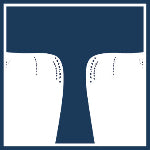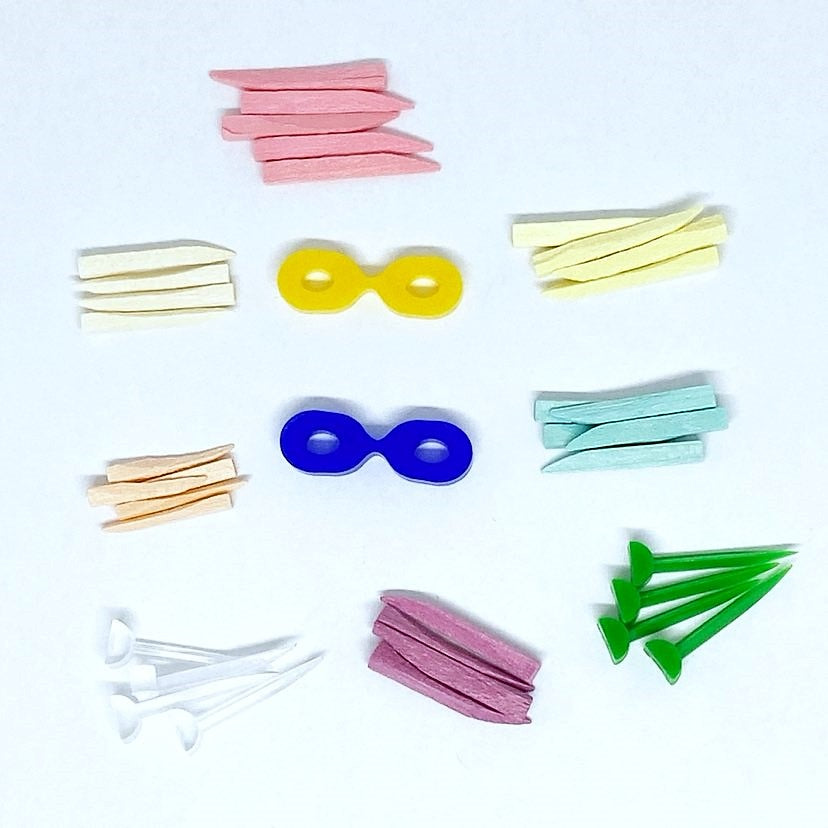There are many components to posterior direct second class restorations. Arguably the most important part in complementing a successful restoration is using dental wedges. They’re essential in creating a proper separation after the tightened gap the dam and matrix would have caused. Hence, picking out the right size and proportion of the wedge is crucial as each one would fill the interdental space in a unique manner. This can be done through the try on of the wedges from both the buccal and lingual side before the matrix placement, as one can prove to be a better fit and provide an angle that allows better filling. Once the proper wedge is chosen, it must be kept in mind that it shouldn’t, at any cost, interfere with the curvature of the matrix since the matrix has to adequately close the space between the teeth. To prevent any interventions, it is recommended that the wedge is cut outside the patients’ mouth- using a bur or a blade.
Nonetheless, even the right wedge might not be an instant, perfect fit as the structure of the working space is entirely unique to each patient. In those cases, a special insertion method must be applied aside from solely cutting the wedges. When the contact point is low- a horizontal placement of the wedge is required (having the peak of the wedge oriented in the direction of the cavity). Whereas a higher contact point requires the same horizontal placement but with the base of the wedge oriented towards the cavity instead. Additionally, the tip of the wedge can be cut off in order to prevent the dragging of the dam (but only in an area which will have no affect on the stability of the matrix).
Aside from these few extra measures which will ensure a smooth use of the dental wedges, they are overall an easy and effective tool that aids immensely in attaining an interproximal wall and a stable contact point during second class restorations. They allow the teeth to separate easily, thereby compensating for the thickness of the matrix band and they’re compressible (without splintering). Moreover, after the remover of the wedge, the teeth will return to their original position with a newly restored and entirely precise contact point. We offer wooden, plastic, transparent plastic and elastic wedges that are mostly customizable.

